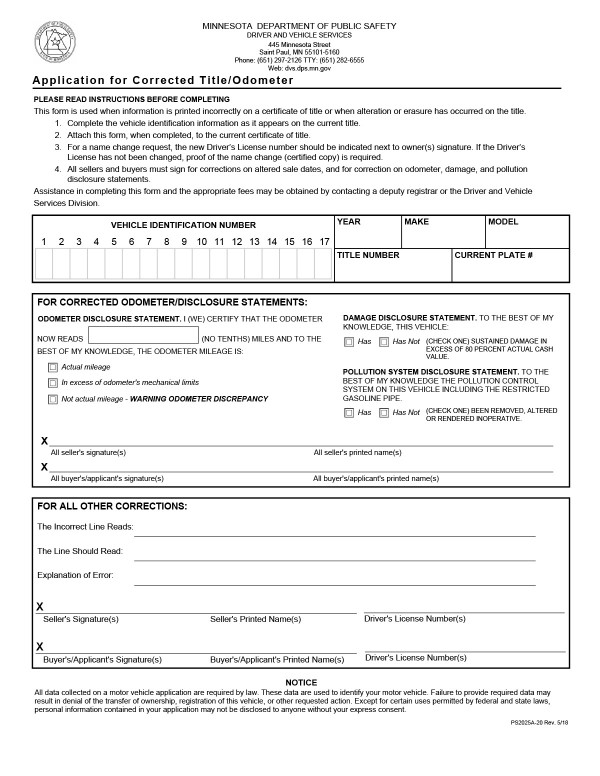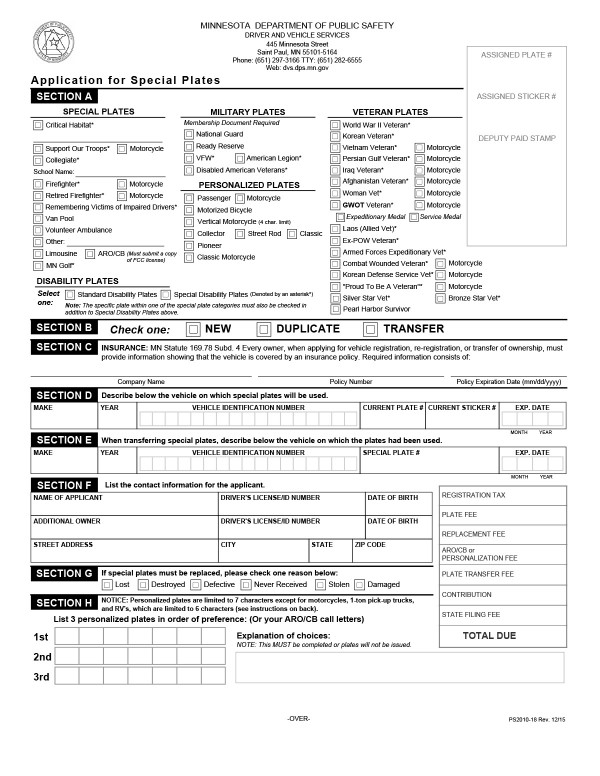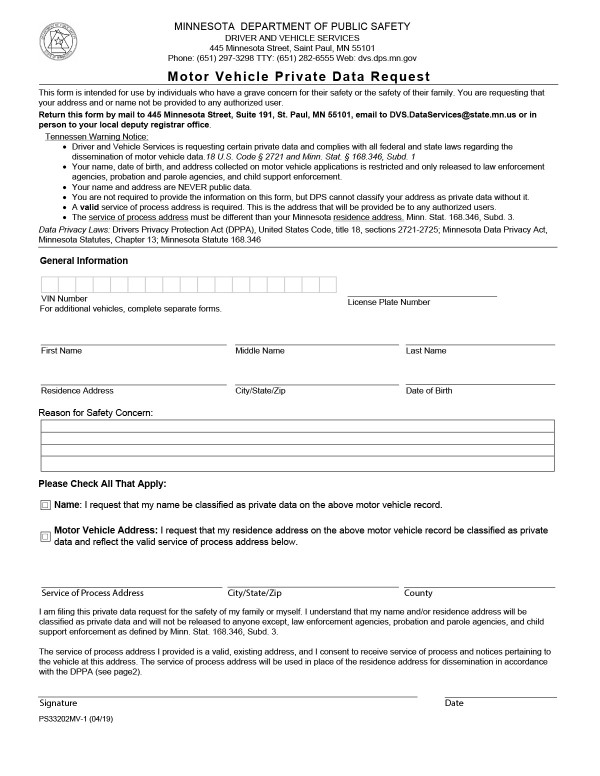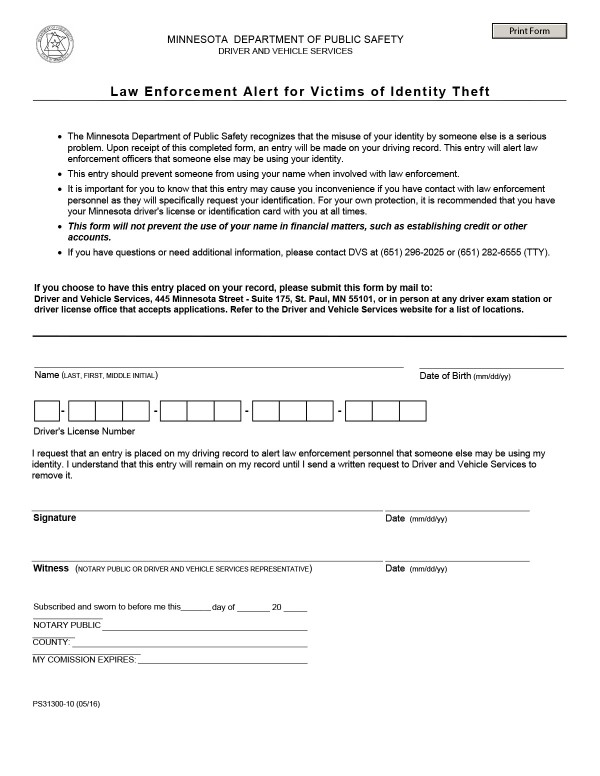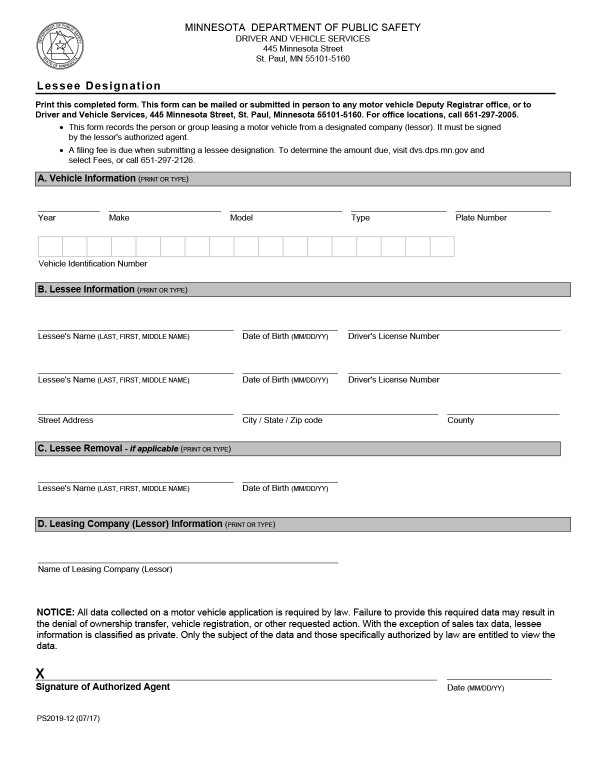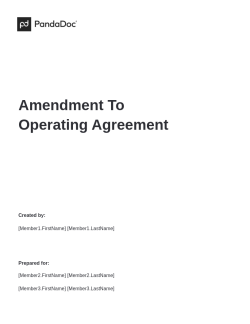Important Terms for a Bill of Sale
- Seller(s): The party or person(s) transferring ownership of an item.
- Buyer(s): The person(s) or the party receiving ownership of an item.
- Payment: The money or property transferred in exchange for acquiring ownership of a sold item.
- As-Is: Indicates a seller makes no warranties or promises about the condition of an item.
- Gift: Indicates a seller does not expect any payment for an item.
- Sales Price: The monetary value or dollar amount both parties have agreed to exchange.
- Notary Public: A disinterested, trained party who certifies the validity of signatures on a document.
1. Minnesota Bill of Sale Requirements
The state of Minnesota doesn’t require a bill of sale for any transactions, but the document is recognized as an official record of a sale.
A bill of sale needs to clearly identify the parties involved in a transaction, the item being sold, the selling price, and the date the transaction took place. The document should include identifying details about the item sold, like the VIN number of a car or the serial number of a gun or computer. It should also record any factors that influenced the selling price, such as the odometer reading of a car, creator of an artwork, or dam and sire of a horse.
If the date that the property will be transferred is different from the date of the sales transaction, that should be noted as well.
A bill of sale should be signed by both parties. PandaDoc documents allow for legal, digital signatures when an in-person transaction isn’t possible or convenient.
Why Use a Bill of Sale?
As a seller, you may want to create a bill of sale for transactions involving vehicles, boats, firearms, computers, cell phones, high-value items, or any item that can carry liability for causing harm. A bill of sale documents the date you gave up possession of the item.
For buyers, a bill of sale acts as a receipt and also documents how the seller represented an item’s identity, provenance, and condition. It’s a good idea to have one for any purchase of valuable property, such as cars, boats, horses, art, collectibles, or computers.
Additional Considerations
Language Requirements
Minnesota doesn’t have a language requirement for legal documents, but it is best to use English or provide an English translation so state employees will be able to efficiently process and file forms.
Number of Copies
Since the state doesn’t require a copy for registration of any item, you’ll need just two copies. The buyer should keep the original bill of sale and the seller should receive a copy.
Junk Vehicles
Since the State of Minnesota doesn’t require a bill of sale for vehicle title transfers, you don’t need one for salvage vehicles. Minnesota has specific requirements for declaring or reinstating a salvage vehicle title.
After Purchasing a Vehicle
Minnesota requires a title for cars, trucks, motorcycles, buses, vans, and large trailers. When selling a vehicle, the buyer is expected to transfer the title within 10 days of the sale.
You can transfer the title of a motor vehicle at nearly 200 deputy registrar offices across the state. You can look up office locations and hours online or call (651) 297-2005 to be referred to the nearest office.
Bring these items with you to the registrar office:
- The title: Make sure the seller has signed the title and filled out the odometer declaration and damage disclosure.
- Your valid identification: Bring a state-issued driver’s license or ID card.
- Cash or check: You’ll need to pay taxes and fees.
If you buy through a dealer, they will usually handle this process for you.
2. Minnesota Car (Vehicle) Bill of Sale
You can download free Minnesota legal documents related to vehicle sales from the state’s website.
If you create your own bill of sale, be sure to include:
- Buyer and seller’s name and address
- VIN number
- Title number
- Vehicle year, make, and model
- Condition of the vehicle
- Odometer reading
- Sale price and date
- Date of property transfer, if different from date of sale
- Any liens and the name and address of the lienholder
- Signatures of buyer and seller
Place a seller’s disclosure above their signature line. The disclosure should state that the seller agrees to the price, the odometer reading is accurate to the best of their knowledge, and they’ve disclosed all known mechanical issues, recalls, or safety hazards to the buyer.
The buyer’s signature area should include a statement that they accept any disclosed damage or safety hazards and that they will transfer the title within 10 days.
3. Minnesota Boat Bill of Sale
If you’re creating a bill of sale for a boat in Minnesota, be sure to include the following:
- Buyer and seller’s name and address
- Hull and registration ID numbers
- Title number
- Year, make, and length
- Description of the boat’s condition
- The make and model of trailer, if included
- The make, year, and horsepower of a motor, if included
- Odometer hours
- Sale price
- Sale date
- Any liens, with name and address of lienholder
- Signatures of buyer and seller
The seller’s disclosure should state that they have informed the buyer of any known damage or defects, and the buyer’s disclosure should state that they are aware of any damage or defects noted in the document.
4. Minnesota Firearm Bill of Sale
Minnesota doesn’t require registration of firearms, but a bill of sale is still important. If the firearm is used in a crime, the seller can use the bill of sale as evidence of the date they no longer controlled the weapon. For the buyer, the bill of sale provides proof of ownership and establishes the condition represented by the seller.
Be sure to include:
- Buyer and seller’s name, address, date of birth, and driver’s license number
- Date of the transaction
- Make, model, and caliber of the firearm
- Serial number
- Purchase price and date of payment
- Date the property is transferred
- Condition of the firearm, including any known defects or damage
- Any other conditions of the agreement
- Signatures of buyer and seller
5. Technology Bill of Sale
A bill of sale is a good document to have if you give away or sell a computer, mobile device, or other high-value consumer electronic. In addition to acting as a receipt, if a device registered to you is used in a cybercrime, the bill of sale could protect you from liability by establishing the date you gave up control of the device.
Include in your document:
- Buyer’s name and address
- Seller’s name and address
- Manufacturer, model number, and serial number of the device
- Condition, including any known defects or damage
- Sale price (or state if it’s a gift)
- Date of sale and/or transfer
- Buyer and seller’s signature
6. General Bill of Sale
Any time you transfer ownership of valuable goods — including sporting equipment, horses, antiques, art, or collectibles — a bill of sale can be useful.
Include in your document:
- Buyer’s name and address
- Seller’s name and address
- Detailed description of the property, including identifying numbers or marks
- Condition, including any known defects or damage
- Any factors represented by the seller that impact the value, such as provenance, artist, or condition
- Sale price
- Date of sale
- Buyer and seller’s signatures


